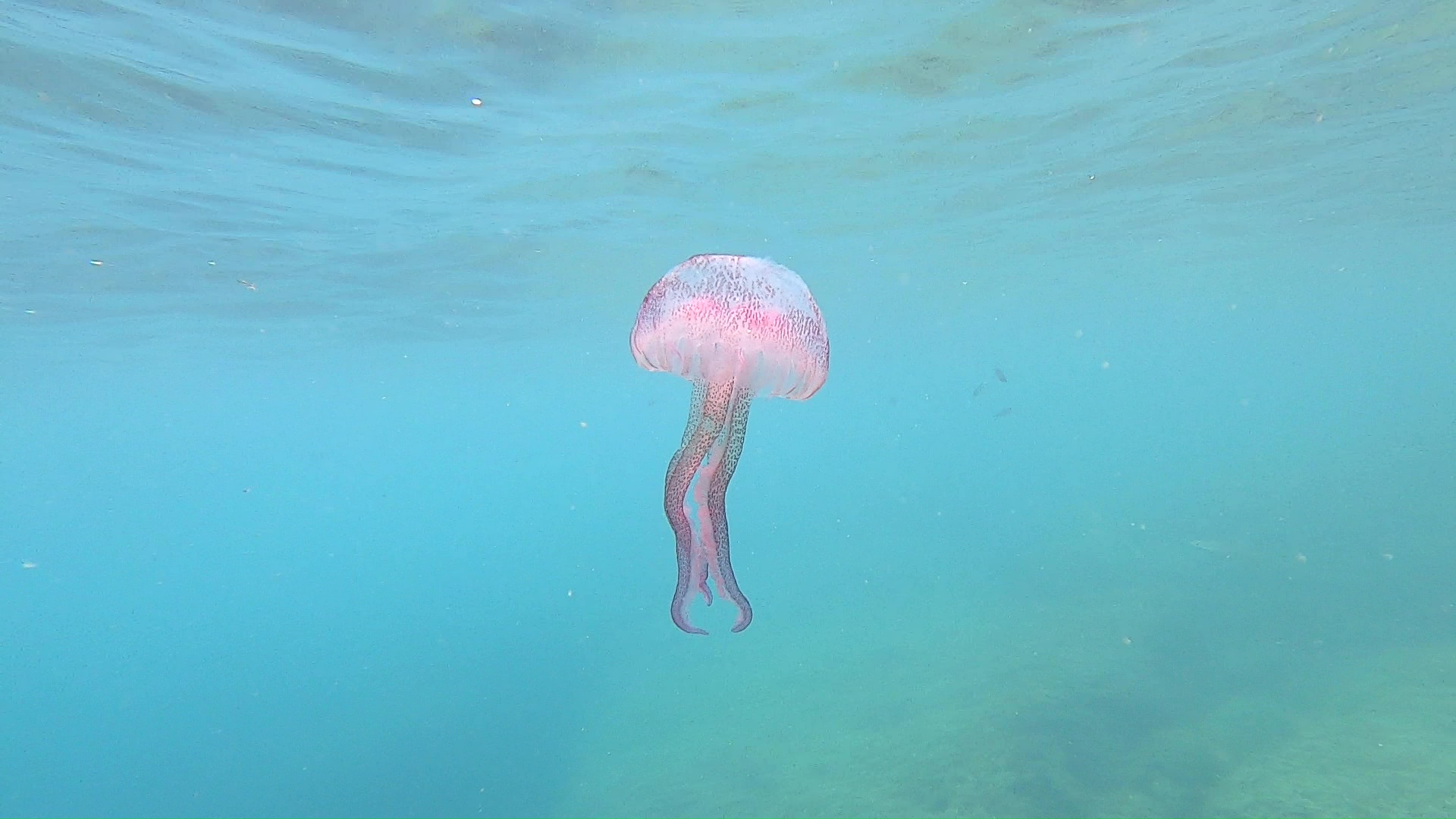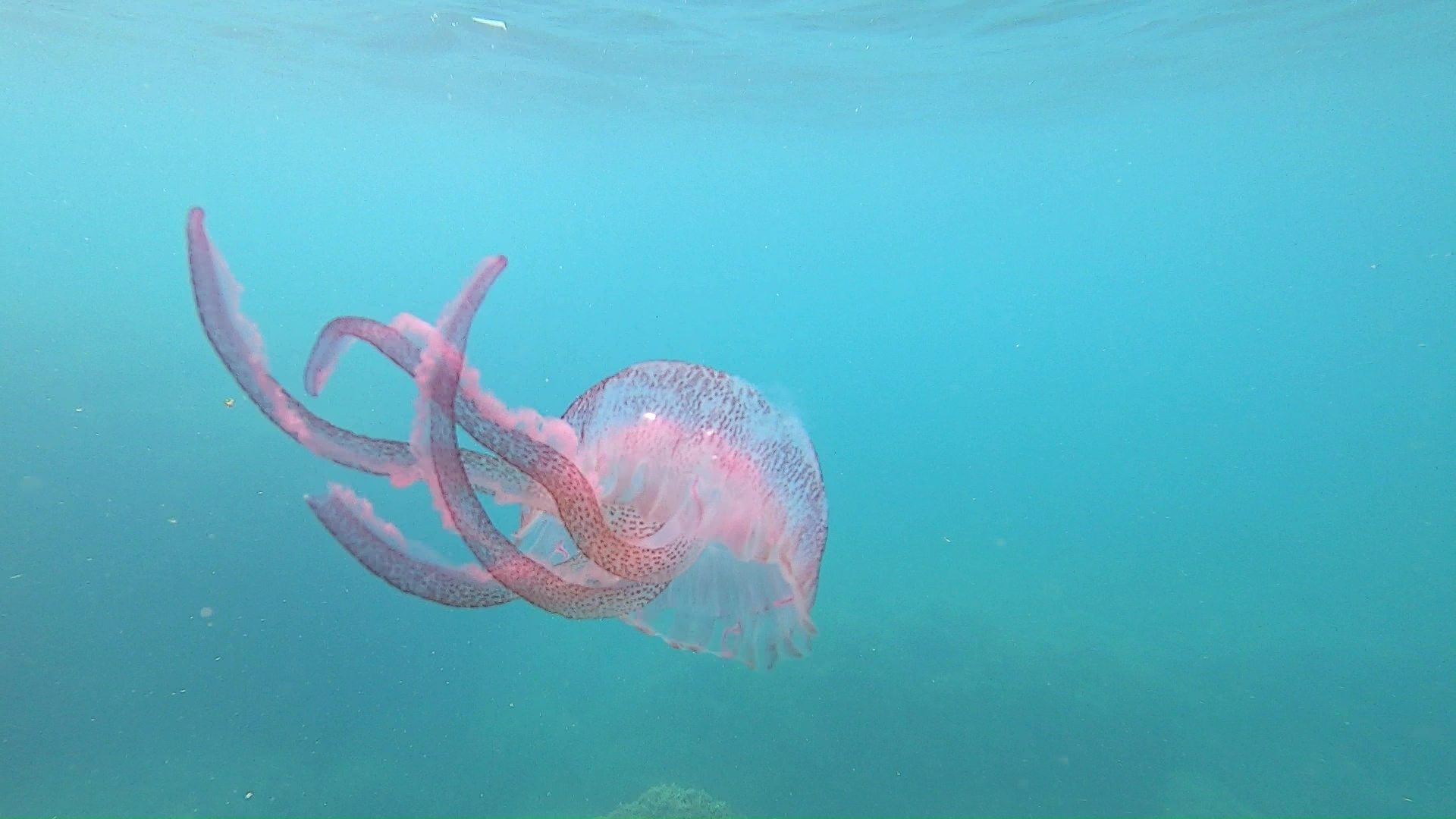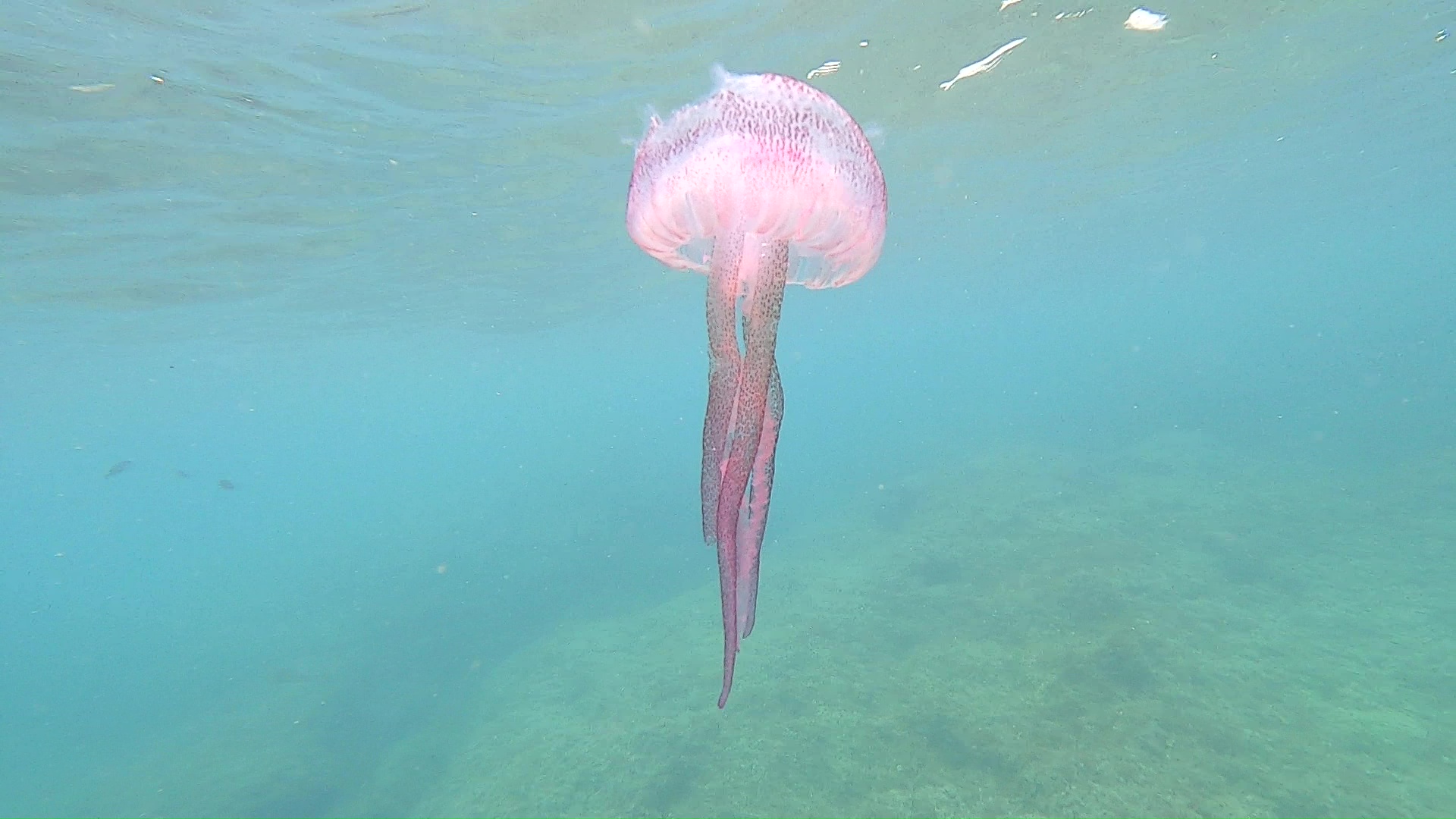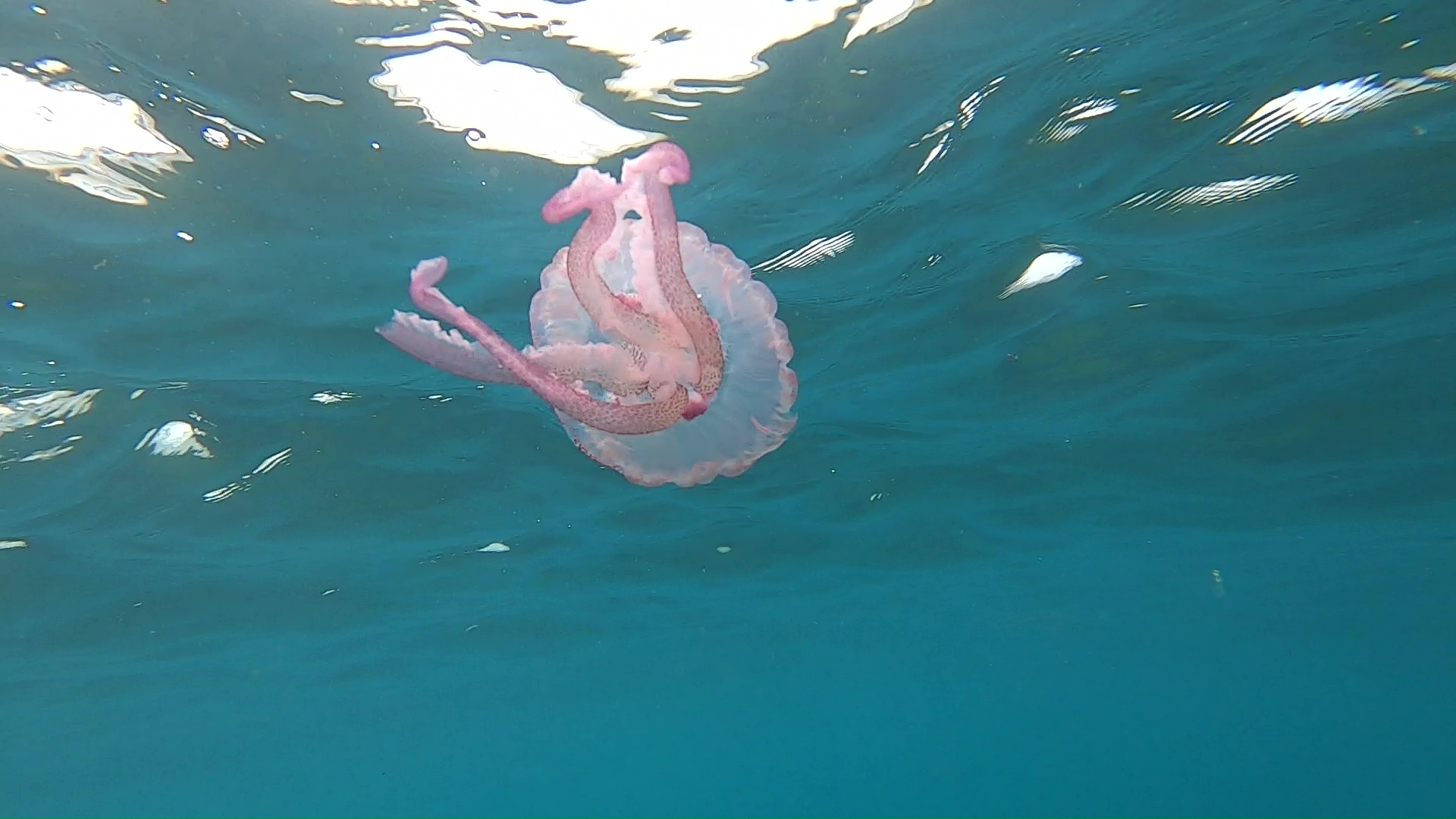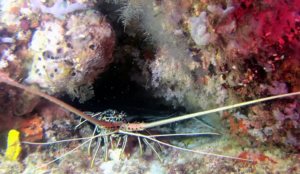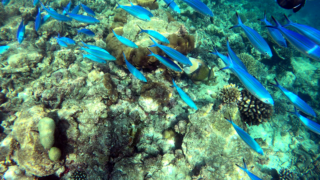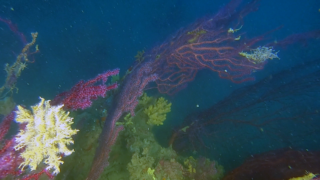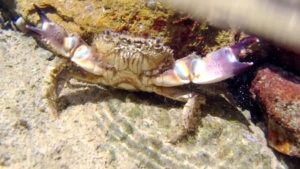As in all summers, the Pelagia noctiluca, Mauve stinger, luminous jellyfish or purple jellyfish arrived this year too. We met this in the video after a strong storm and at the moment she was swimming alone under the coast in a turquoise sea typical of the after storm, where the water is still cloudy and the visibility is therefore very limited. In these cases, it is therefore better to wear a mask to avoid unpleasant encounters with these strongly stinging jellyfish.
Usually purple jellyfish espacially this species live in flocks of many specimens all at the same stage of the life cycle, when pushed by the currents towards the coasts can be a problem for bathing and people. In fact, Pelagia noctiluca is one of the few jellyfish that has stinging cells on the entire surface of the animal, unlike other species which usually have only stinging tentacles.
Pelagia noctiluca is practically almost transparent and it is very difficult to see it in the water without a mask or swimming goggles. Finally, in addition to the classic five main tentacles, it has small, very long and very thin secondary tentacles that the jellyfish evert for several tens of centimeters to capture food.
Pelagia noctiluca is a jellyfish in the family Pelagiidae and the only currently recognized species in its genus. It is typically known in English as the mauve stinger. In Greek, pelagia means “(she) of the sea”, from pelagos “sea, open sea”; in Latin nocti is the combining form of nox “night”” and lux means light; thus, Pelagia noctiluca can be described as a marine organism with the ability to glow in the dark (bioluminescence).
It is found worldwide in tropical and warm temperate seas, although it is suspected that records outside the North Atlantic region, which includes the Mediterranean and Gulf of Mexico, represent closely related but currently unrecognized species.
A fairly small and variably coloured species, both its tentacles and (unusual among jellyfish) bell are covered in stinging cells. Stinging incidents are common, painful and the symptoms may continue for a considerable time after the encounter, but they are generally not dangerous.
When large numbers of this oceanic species are washed ashore, the local economy can be affected because tourists avoid the beaches and fishers are stung while trying to retrieve their nets, which can be clogged by the jellyfish. Additionally, swarms of Pelagia noctiluca have been recorded wiping out entire fish farms. Because of this, it has become one of the most studied jellyfish species.
https://en.wikipedia.org/wiki/Pelagia_noctiluca
Gallery
 English
English Italiano
Italiano
